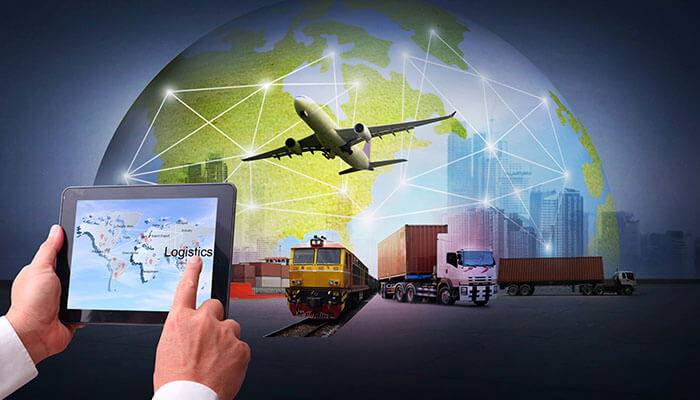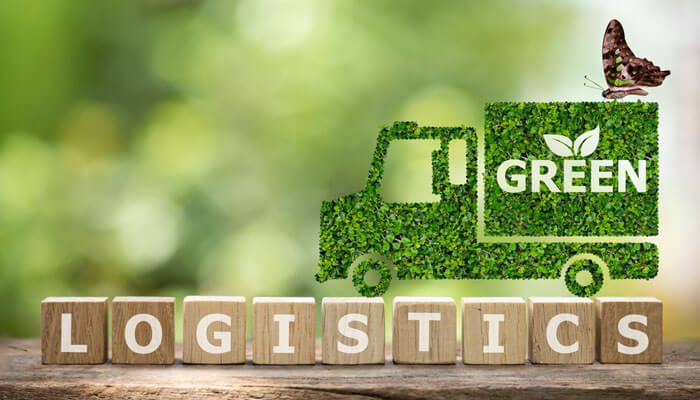Logistics is an essential component of any business that involves the movement of goods from one place to another. Over the years, the logistics industry has undergone significant changes, driven by technological advancements, changing consumer demands, and globalization. In this article, we will explore some of the latest trends and innovations in global logistics services.
One of the latest trends in global logistics services is the use of automation and robotics. With the advancements in technology, many companies are now incorporating automated systems in their logistics operations. This includes the use of autonomous vehicles, drones, and robotic arms to handle and transport goods. These technologies not only enhance efficiency but also reduce costs and improve safety.
E-commerce and Last-Mile Delivery
The rise of e-commerce has revolutionized the logistics industry. With the increasing popularity of online shopping, there has been a surge in demand for fast and efficient last-mile delivery services. Last-mile delivery refers to the final leg of the delivery process, from the distribution center to the customer’s doorstep.
Data Analytics and Supply Chain Visibility
Data analytics plays a crucial role in optimizing logistics operations. By analyzing large volumes of data, companies can gain valuable insights into their supply chain and identify areas for improvement. For example, data analytics can help identify bottlenecks in the supply chain, optimize inventory levels, and improve route planning.
Data analytics is instrumental in improving efficiency and effectiveness in logistics operations. With the ability to process and analyze vast amounts of data, companies can uncover key patterns and trends within their supply chain that were previously undetected. This information can then be used to identify areas that need attention and implement targeted solutions.
One way data analytics can contribute to optimizing logistics operations is by identifying bottlenecks in the supply chain. By analyzing data on factors such as transportation times, inventory levels, and order processing, companies can pinpoint areas where delays or inefficiencies occur. Armed with this knowledge, they can then take steps to streamline these processes and eliminate bottlenecks, resulting in improved overall performance.
Green Logistics and Sustainability
In recent years, there has been a growing emphasis on sustainability in this industry. With the increasing concerns about climate change and environmental impact, companies are seeking ways to reduce their carbon footprint and adopt more sustainable practices.
This shift towards sustainability has been driven by several factors. Firstly, there is a growing recognition of the negative impact that traditional logistics practices can have on the environment. The transportation of goods, for example, is a significant contributor to greenhouse gas emissions, primarily through the use of fossil fuels. This has led companies to explore alternative energy sources and more fuel-efficient modes of transportation, such as electric vehicles or trains.
Automation and Robotics
Automation and robotics have the potential to revolutionize the logistics industry by improving efficiency, reducing costs, and increasing productivity. Many of these companies are adopting automated systems and robots to streamline their operations.
Conclusion
The logistics industry is undergoing rapid transformation, driven by technological advancements and changing consumer demands. E-commerce and last-mile delivery, data analytics and supply chain visibility, green logistics and sustainability, and automation and robotics are some of the key trends and innovations shaping the industry.



